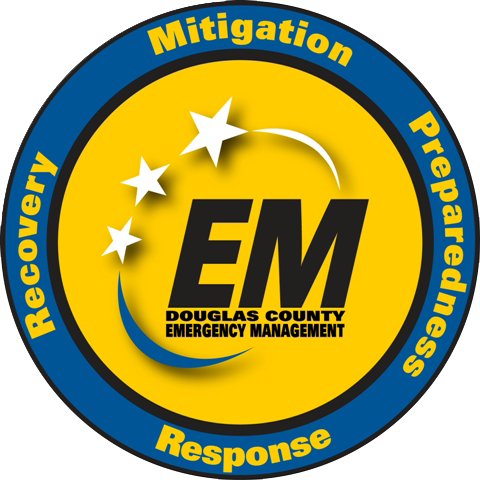Vision Statement
The vision of Douglas County Emergency Management is that Douglas County, Kansas will be a community that is disaster aware and disaster prepared.
Mission Statement
The mission of Douglas County Emergency Management is to provide a comprehensive emergency management program to effectively mitigate against, prepare for, respond to, and recover from all types of major emergencies or disasters; and to educate and train Douglas County residents, responders, and governing officials so that a disaster’s impact on people, property, and communities is minimized.
This comprehensive emergency management program includes four focus areas; Support Systems, Stakeholder Readiness, and Community Resilience ensure the overall Operations and operational readiness of the EM Program. This approach guides the Strategic Plan.
To learn more, check out Emergency Management's 2024 Annual Report.
Latest News
Documents
Frequently Asked Questions
Judicial and Law Enforcement Center
111 E 11th St.
Lawrence, KS 66044
Estados Unidos


